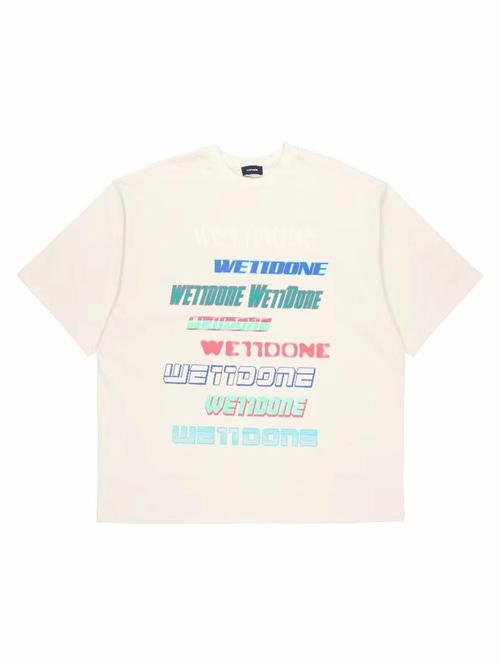In recent years, the increase in environmental awareness and the need for sustainable development have promoted the rise of simulated leather in the fashion industry. As a sustainable material alternative, simulated leather has the following characteristics:
1. Reduce the use of animal leather: Traditional animal leather comes from the peeling of animals , causing negative impacts on animal rights and ecological balance. Simulated leather does not require the use of animal leather, which can effectively reduce the consumption and cruelty of animal resources.
2. Reduce environmental pollution: Since a large number of chemicals are not required in the manufacturing process, less harmful substances are emitted during the production of simulated leather. Compared with traditional leather processing, simulated leather can significantly reduce pollution to water sources and soil, and reduce damage to the ecological environment.
3. Save resources: The raw materials required to make simulated leather are usually renewable or recyclable, such as polyurethane, recycled fiber and plant fiber. In contrast, the production of animal leather requires large amounts of water, energy and chemicals, and requires multiple treatments before long-term use.
4. Increase design flexibility: Simulated leather has more color, texture and feel options, and can simulate the appearance of various traditional leathers. It can also create novel and unique design effects. This provides the fashion industry with more design space and creativity.
Although simulated leather has the advantage of being an alternative to animal leather, there are also some challenges and limitations. For example, some simulated leather currently on the market still uses harmful chemicals and does not have good durability and breathability. Therefore, continuous technological innovation and innovation are the key to promoting the more sustainable development of simulated leather.
Regarding sustainable fashion, in addition to using simulated leather, there are other sustainable fashion practices. For example:
1. Recyclable materials: Using recyclable fabrics, such as recycled fibers, organic cotton and knitted fabrics, can reduce Consumption of resources and generation of waste.
2. Slow Fashion: encourages consumers to buy high-quality, durable clothing and avoid following short-term fashion trends. This helps reduce dependence on the fast fashion industry, reducing waste and environmental burden.
3. Environmentally friendly dyeing and processing: Choose to use environmentally friendly dyeing and processing technologies, such as low carbon emissions, washing and energy saving, etc., to reduce pollution to water resources and the environment. .
4. Exchange and second-hand market: Participate in clothing exchange and second-hand market to promote the reuse and sharing of clothing and reduce the need to buy new clothes.
In summary, simulated leather, as an important part of sustainable fashion, reduces the use of animal leather, reduces environmental pollution, and Able to create diverse design effects. At the same time, sustainable fashion also needs to be combined with other practical measures to jointly promote the development of the fashion industry in a more sustainable direction.






